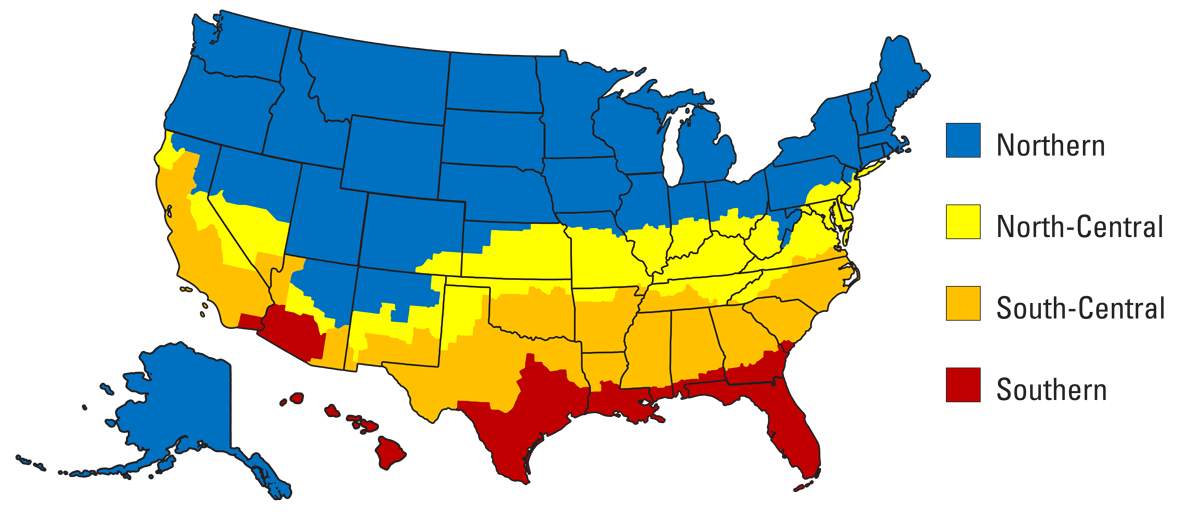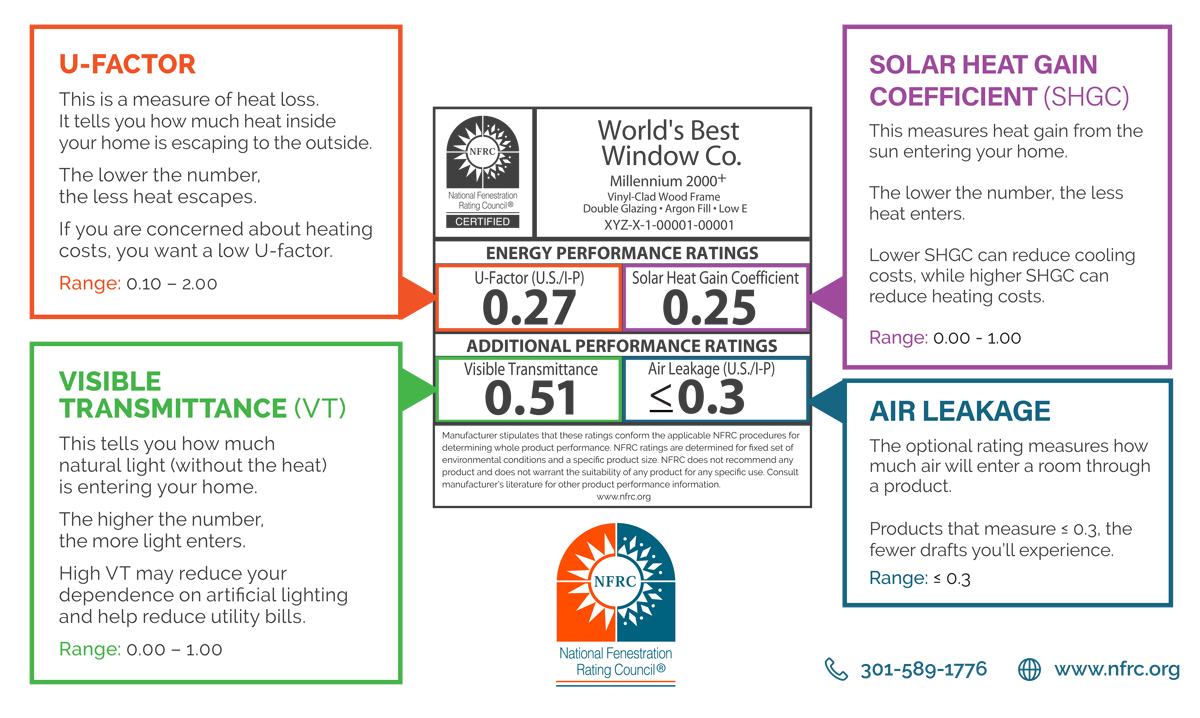What is Energy Star version 7?
Recently, the U.S. Environmental Protection Agency’s (EPA) ENERGY STAR® program released its final version 7 specification for Residential Windows, Doors, and Skylights that establish higher energy-efficiency benchmarks for products to earn EPA’s coveted ENERGY STAR certification. This new specification outlines more demanding certification criteria of various fenestration products.
The energy performance of windows is essential to overall building efficiency and its environmental impact. More efficient windows will reduce your home’s carbon emissions on day one, independent of what source of energy is used to heat and cool your building. Although windows only account for about 10% of an average home’s surface area, approximately 35% to 45% of the heat homes lose in winter months pass through windows. More insulative windows, like the industry-leading models that the new ENERGY STAR criteria will certify, can bring those losses down considerably, which saves energy and money.
Do Westlake Royal Window Solutions products meet Energy Star version 7 requirements?
Yes! We have several Energy Star certified window and sliding glass door products available including standard, impact and STC (Sound Transmission Class) grades. These support the Southern, South-Central and North-Central climate zones and are available from all four of our manufacturing plants:
Magnolia collection (Baldwin, GA)
Krestmark collection (Dallas, TX)
Legacy collection (Houston, TX)
When do Energy Star version 7 certification requirements go into effect?
Energy Star version 7 certification requirements go into effect October 23, 2023. All fenestration products bearing the Energy Star label must adhere to the new requirements.
Are Energy Star version 7 certified windows mandatory?
Energy Star version 7 certified windows are not mandatory. However, some builders and zoning districts may require installation of Energy Star certified windows. Additionally, homeowners may choose Energy Star certified windows for energy savings as well as potential tax credits.



